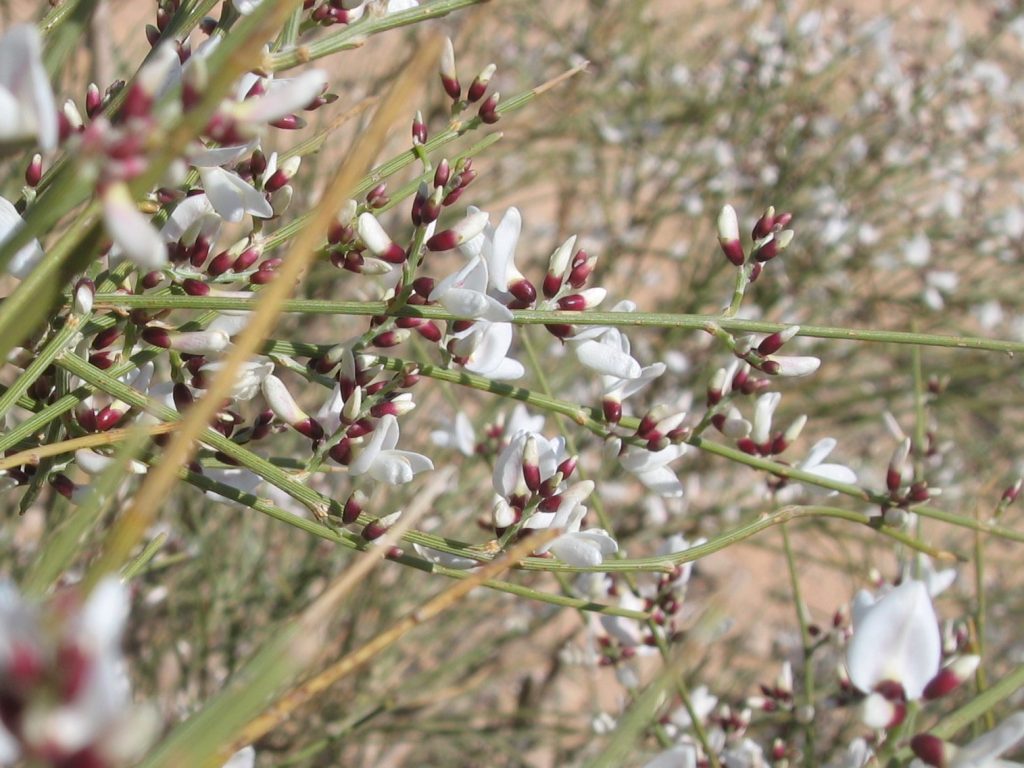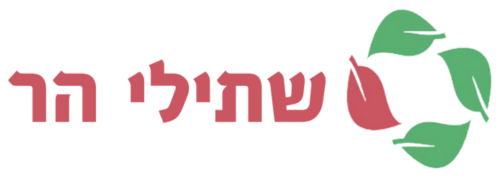
Retama raetam (White Weeping Broom)
Family: Campanulaceae | Origin: Southern Europe
In the article about Spartium junceum we mentioned shrubs from the legume family known in English as Brooms. In Hebrew, these bushes are called Rotami bushes after Retama raetam and they are characterized by long, arching green branches that shed their leaves in the spring shortly after the leaves foliated.
Thia plant that grows in Israel mainly in desert areas and in the sands of the coastal plain is a medium-sized shrub with long flexible greenish branches which are covered during the winter from January to April with a great abundance of white flowers that emit a wonderful fragrance.
In English, the group's bushes are called brooms, and in fact the English word originates from the name of one of the plants, the branches of which were used as brooms in ancient times. In Hebrew these bushes are called Rotmiyim after Rotem Hamidbar.
It is a sturdy plant that grows well in full or partial sun and is extremely drought tolerant. White Broom gets by also under regular irrigation with very good drainage and does well even in the high mountain climate and in heavy clay soils.

In nature it usually reaches a diameter and height of 1.5-2 meters, but under good conditions and with irrigation it can grow to 3 meters or more.
The shrub has a relatively airy natural structure and is suitable as a focal plant in the garden, as a flowering shrub between and behind low bushes and in Mediterranean and desert gardening and it perfumes any garden during the winter flowering.
:And the Israeli Midrash of Shem (Etymology)
ד וְהוּא-הָלַךְ בַּמִּדְבָּר, דֶּרֶךְ יוֹם, וַיָּבֹא, וַיֵּשֶׁב תַּחַת רֹתֶם אחת; וַיִּשְׁאַל אֶת-נַפְשׁוֹ, לָמוּת, וַיֹּאמֶר רַב עַתָּה יְהוָה קַח נַפְשִׁי, כִּי-לֹא-טוֹב אָנֹכִי מֵאֲבֹתָי. ה וַיִּשְׁכַּב, וַיִּישַׁן, תַּחַת, רֹתֶם אֶחָד;
White Broom was and is still considered as a source of excellent coals, but we always prefer the living bush..
לקריאה על רותם המדבר בעברית לחצו כאן

